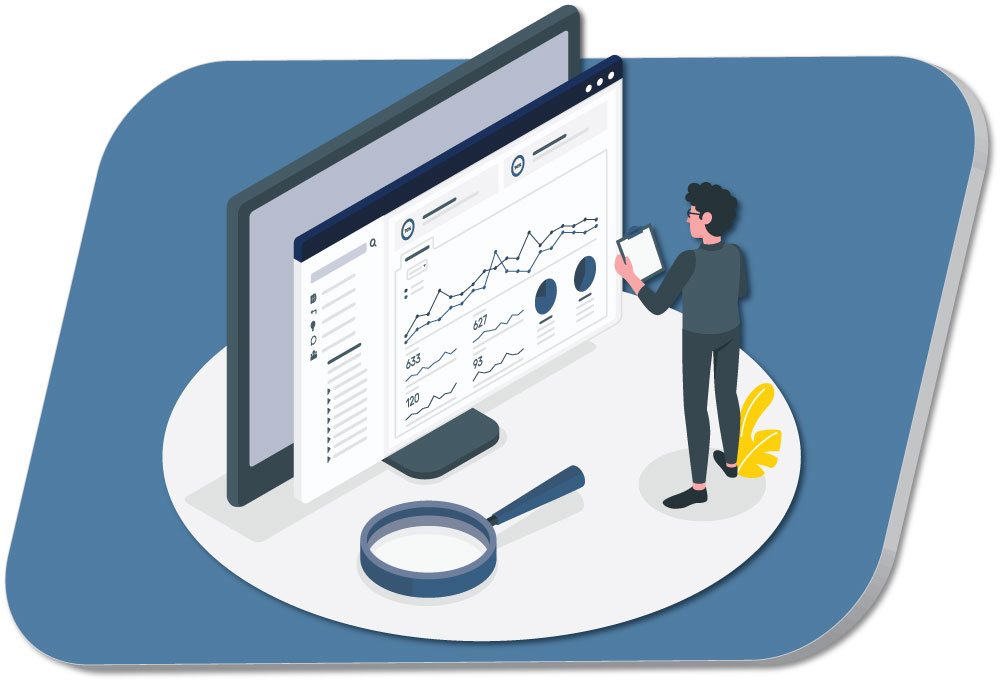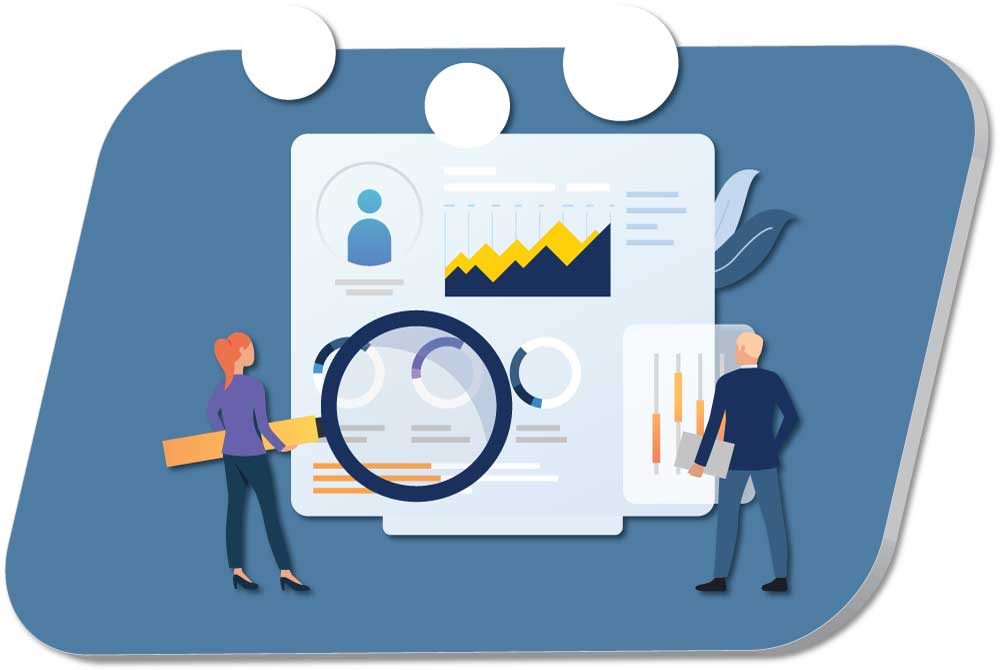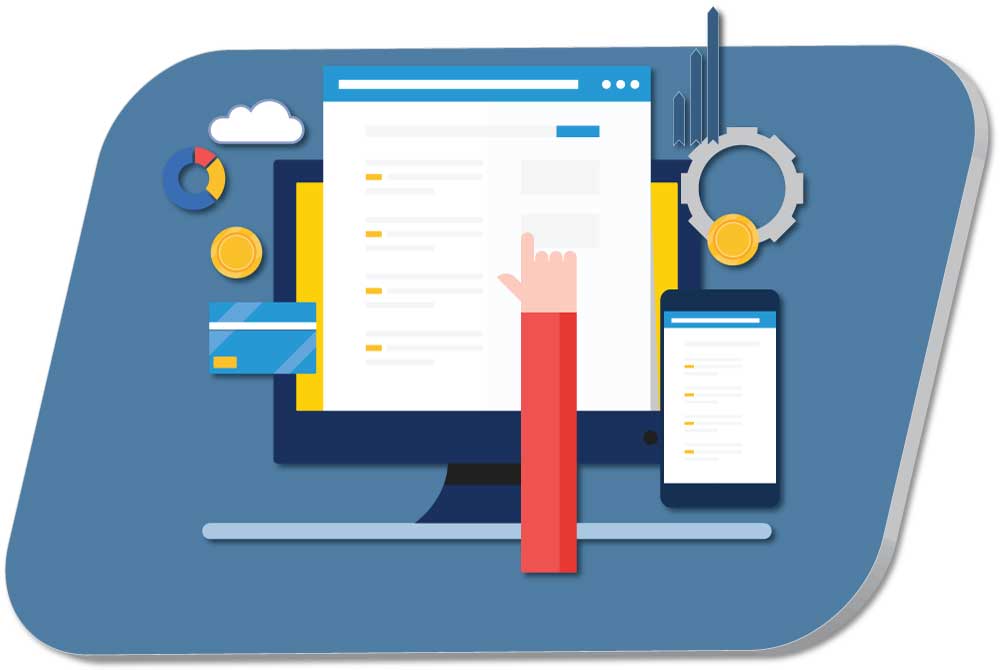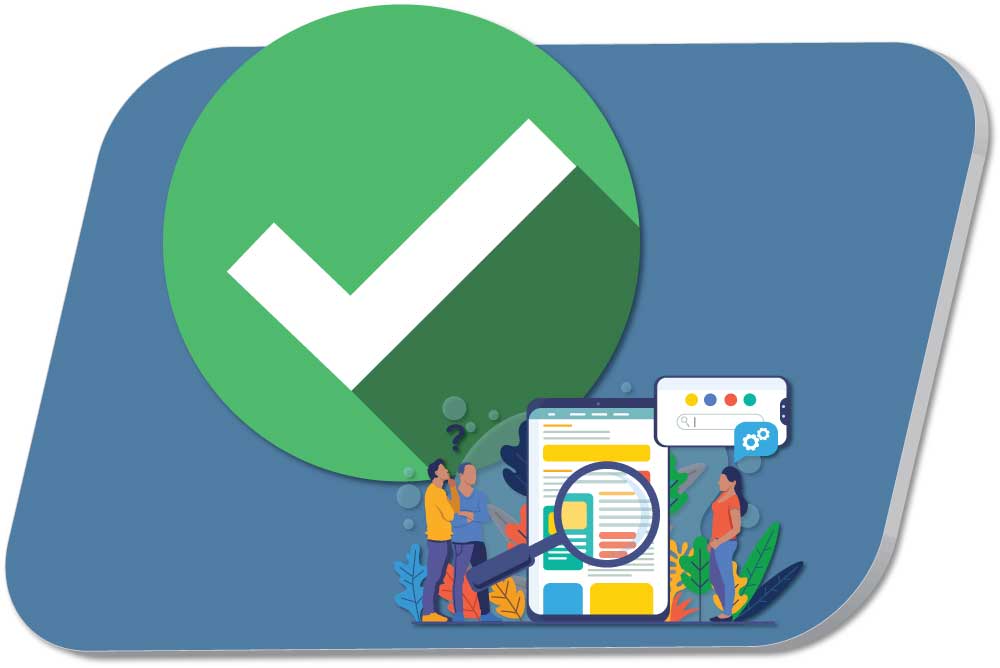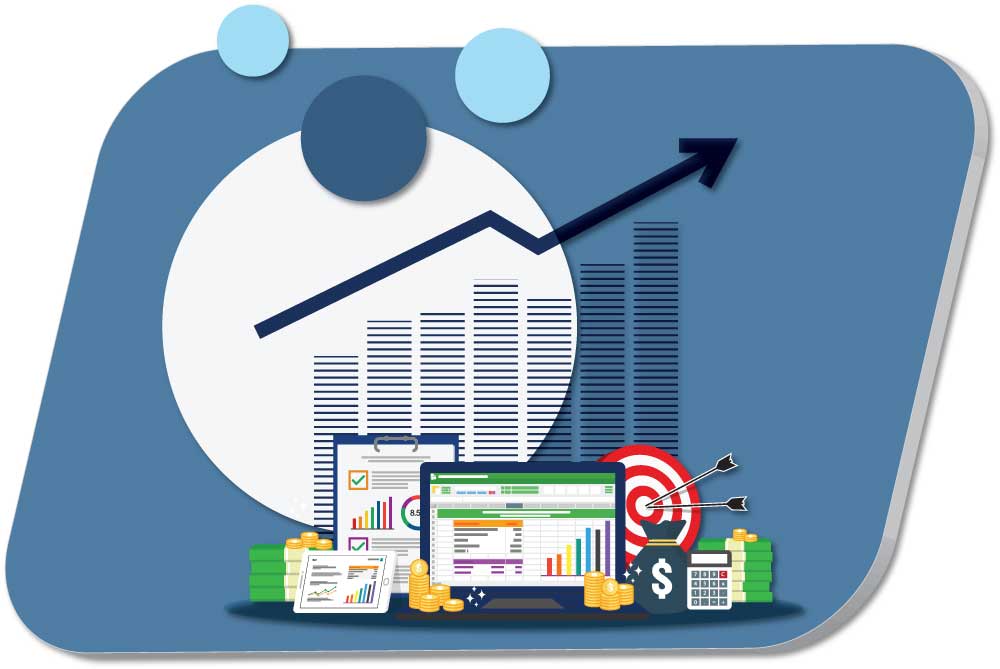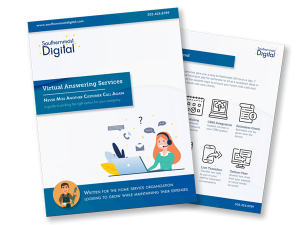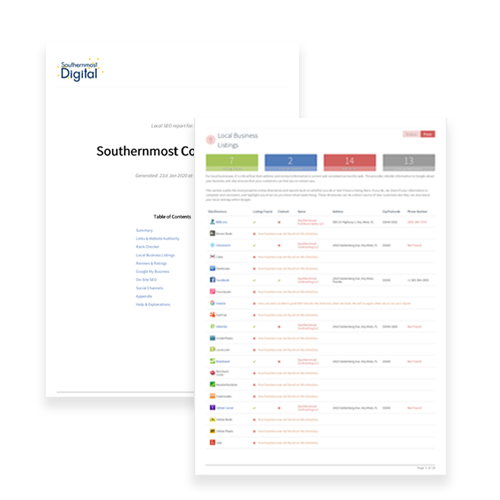As the second half of the year approaches, it’s a great time to take stock of and reevaluate your PPC best practices and paid search to refine performance. There are many ways to improve what’s already working and discover methods and strategies to boost growth and marketing impact. Here are seven ways to improve your Google Ads account in 2020.
1. Budget Review
A critical first step for every advertiser and marketer is to reevaluate your media distribution spending budget for the year. Are you on track with the goals you set in January? This includes the total planned budget for individual PPC accounts and their respective campaigns.
Got some low earners from the past few months? Consider scrapping them to free up your budget for new ones. It’s also a good idea to look at your high ROI campaigns and accounts to ensure they’re getting maximum traffic. Your ultimate objective should be to determine what’s earning and what’s not so you can invest wisely for the remainder of the year.
2. Check Out Brand New Features
2019 brought many changes for advertisers as Google Ads transitioned to their new “experience.” There are now promotion extensions, gallery ads, lead form extensions, image extensions, and new options for associating audiences at the campaign level. These all deserve due consideration as you continue to optimize your PPC and paid search options. If you’re looking to increase your ROI and maximize impact, these are the tools you need to learn and implement.
3. Mobile Optimization and Customization
It’s abundantly evident that mobile traffic surpassed desktop and laptop traffic years ago. If you don’t optimize PPC and paid search for mobile devices, you are cutting yourself off from a massive opportunity and audience. Create a data report and determine what your mobile ad performance is now, and you’ll find that at least 75 percent of all clicks are coming off mobile devices. Optimize all campaigns for mobile devices, and you will see dramatic ROI and revenue increases.
4. Testing New and Additional Features
Software heavyweight Microsoft has a new AI-powered feature called Audience Network in Microsoft Ads. It draws data from Bing, MSN, Outlook, Skype, and LinkedIn searches that specifically focus on intent signals. This useful add-on gives you upwards of 200 in-market categories to choose from, and it includes list sizes by users. Your marketing campaigns are now easier to plan, test and execute with verifiable results. Agile and responsive campaigns are the key to ROI and revenue growth.
5. Audience Integrated Search
Give those audiences you chose for the first half of 2020 a once-over. Search engines and ad services are adding audiences all the time, and with the advent of Audience Network from Microsoft, you gain access to even more. Check out Google’s Targeting Expansion and Audience Network and compare them to previous audience selections. You may find you’re underperforming and need to choose fresh target audiences for your campaigns.
6. Implementing Voice Search
Digital assistants like Apple’s Siri and the omnipresent Alexa have created a massive opportunity for advertisers with voice search. Most brands find they don’t get many voice searches, but that is going to change as voice search becomes the preferred web search method for busy consumers.
For now, consider adding keywords to campaigns from voice search phrases like “sports bar near me” or “closest hotel to XYZ airport.” Connect those with appropriate landing pages and ads, and watch those campaigns generate more traffic as time goes by.
7. Reimagining Data Assessment and Reporting
Humans like to stick with what we know, and that means using the same methods year after year without necessarily evaluating new methods. Growth demands change, and that includes how we do business. Each time you close out a year and prepare for a new one, or reevaluate your methods half-way through, checking in on your essential PPC and paid search metrics should be at the top of the list.
For example, try changing your metrics to include Google’s Search Top Impression Rate (STIR) and Search Absolute Top Impression Rate (SATIR) if you’re already on board with STIR. It’s also a smart move to use these two in combination with other competitive metrics simultaneously. A combined metric approach provides a complete picture of both your impression share and lost impression share from search rank or budget limitations.
Looking to up your PPC and paid search game? Give me a call. Southernmost Digital has the knowledge and experience you need for marketing ROI and revenue growth. Call me at 305-424-8789. I'm here to help you grow your brand and make the most of your marketing dollars.








